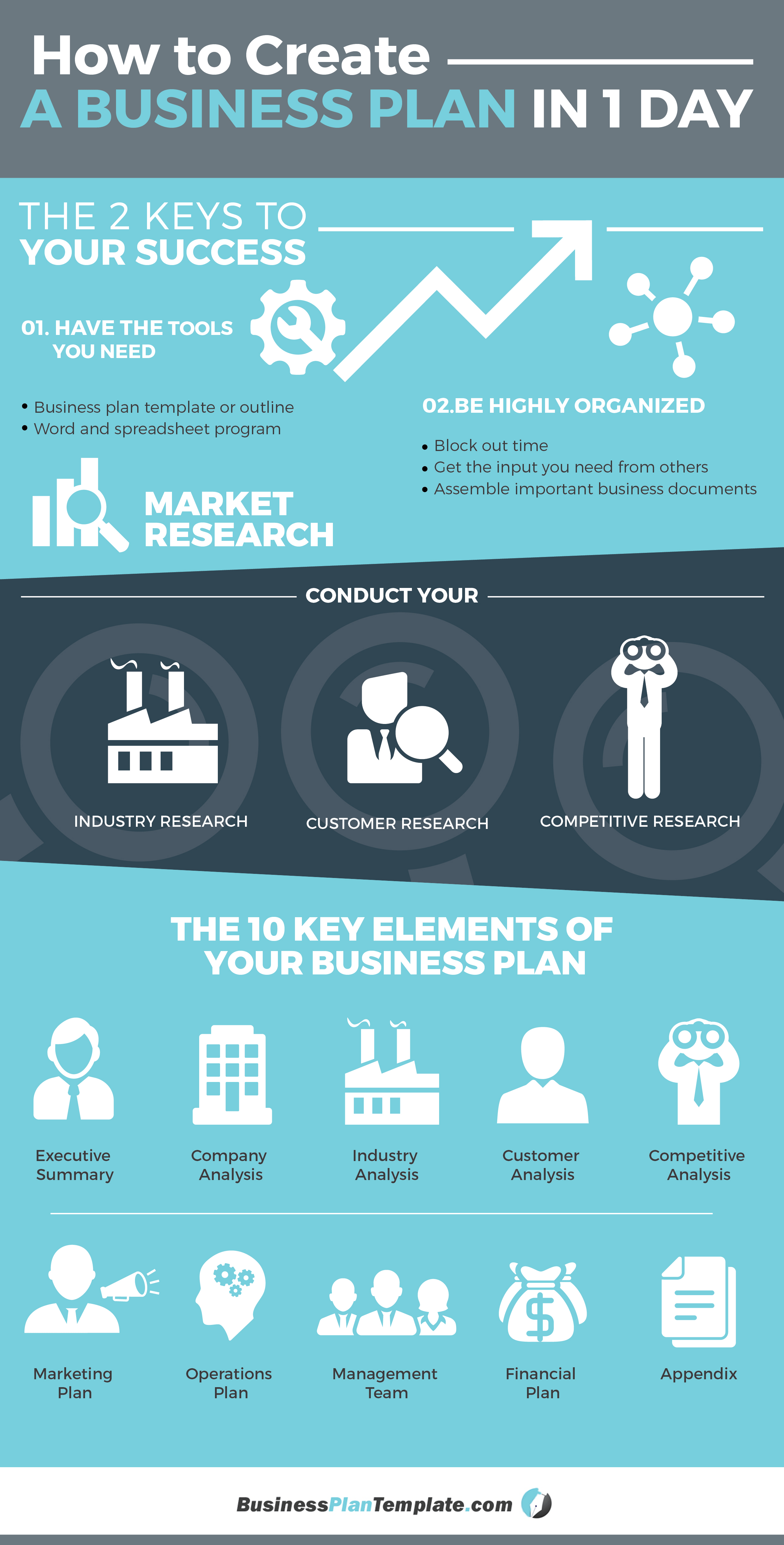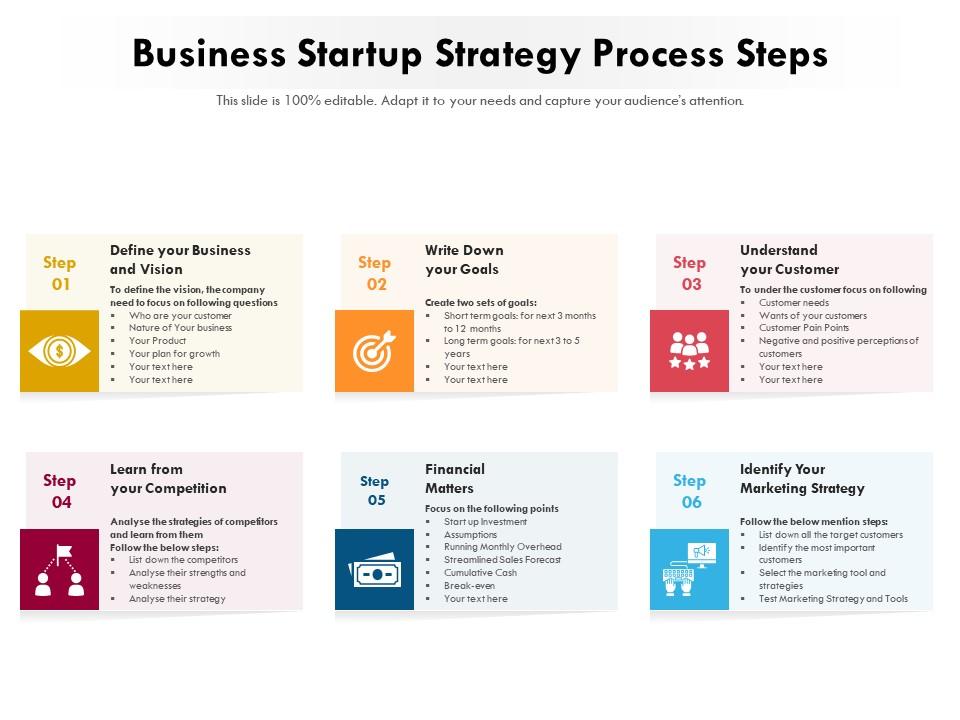Create a Business Plan: Step-by-Step Guide

Embarking on the journey of starting your own business is like setting sail on an uncharted sea. You need a map, a compass, and a clear vision of your destination. In the world of entrepreneurship, this map is your business plan. But how do you create a business plan step by step? This comprehensive guide will walk you through the process, ensuring you have a robust startup strategy that sets you up for success.
Why Do You Need a Business Plan?
A business plan is more than just a document; it's a strategic planning tool that outlines your business goals, strategies, target market, and financial projections. It serves as a roadmap for your business development, helping you stay focused and on track. Whether you're seeking investment, applying for a loan, or simply want to organize your thoughts, a well-crafted business plan is essential.
Step 1: Executive Summary
The executive summary is the first section of your business plan, but it's often written last. It provides a snapshot of your business, including your mission statement, products or services, market analysis, and financial projections. Think of it as the trailer to your business movie—it should be engaging and compelling, enticing readers to dive deeper into your plan.
Crafting a Compelling Mission Statement
Your mission statement is the heart of your executive summary. It should clearly define your business's purpose and values. Ask yourself: What problem are you solving? Who are you helping? What makes your business unique? Answering these questions will help you craft a mission statement that resonates with your audience.
Step 2: Company Description
The company description provides detailed information about your business and the market needs it fulfills. This section should include:
- Business Name and Location: Clearly state your business name and where it will be located.
- Mission and Vision: Expand on your mission statement and include your vision for the future.
- Market Needs: Describe the problem your business solves and how it meets market needs.
- Target Audience: Define your ideal customer and explain why they need your product or service.
Understanding Your Target Audience
Knowing your target audience is crucial for effective business planning. Conduct market research to understand their demographics, preferences, and pain points. The more you know about your customers, the better you can tailor your products or services to meet their needs.
Step 3: Market Analysis
The market analysis section is where you dive deep into your industry, market trends, and competition. This involves:
- Industry Overview: Provide an overview of your industry, including its size, growth rate, and trends.
- Target Market: Describe your target market in detail, including its size, characteristics, and buying behaviors.
- Competitive Analysis: Identify your main competitors and analyze their strengths and weaknesses.
Conducting a SWOT Analysis
A SWOT analysis (Strengths, Weaknesses, Opportunities, Threats) is a valuable tool for understanding your business's position in the market. It helps you identify internal strengths and weaknesses, as well as external opportunities and threats. This information is crucial for strategic planning and decision-making.
Step 4: Organization and Management
This section outlines your business structure, ownership, and management team. It should include:
- Organizational Structure: Describe your business structure (e.g., sole proprietorship, LLC, corporation).
- Ownership Information: Provide details about the owners and their roles.
- Management Team: Introduce your management team and highlight their qualifications and experience.
Building a Strong Management Team
A strong management team is essential for the success of your business. Look for individuals with complementary skills and a shared vision. Their expertise and leadership will be instrumental in driving your business forward.
Step 5: Service or Product Line
Here, you'll describe your products or services in detail. Include:
- Product/Service Description: Provide a detailed description of what you offer.
- Lifecycle: Explain the lifecycle of your product or service.
- Intellectual Property: Discuss any patents, copyrights, or trademarks you hold.
- Research and Development: Outline your plans for future product development.
Innovation and Differentiation
In a competitive market, innovation and differentiation are key. What makes your product or service unique? How does it stand out from the competition? Focus on these aspects to create a compelling value proposition.
Step 6: Marketing and Sales Strategy
Your marketing and sales strategy is crucial for attracting and retaining customers. This section should include:
- Marketing Strategy: Outline your marketing tactics, such as advertising, content marketing, and social media.
- Sales Strategy: Describe your sales process, including your sales channels and tactics.
- Sales Forecast: Provide a sales forecast for the next few years.
Leveraging Digital Marketing
In today's digital age, leveraging digital marketing is essential. Utilize platforms like social media, email marketing, and SEO to reach a wider audience and drive sales. For more insights, check out this guide to digital marketing.

Step 7: Funding Request
If you're seeking funding, this section is crucial. It should include:
- Funding Needs: Specify the amount of funding you need.
- Types of Funding: Describe the types of funding you're seeking (e.g., loans, equity, grants).
- Use of Funds: Explain how you'll use the funds.
- Offer: Outline what you're offering in return for the funding.
Attracting Investors
Attracting investors requires a compelling pitch. Highlight your business's potential for growth and return on investment. Be transparent about your financial projections and risks. For tips on pitching to investors, visit Inc.com's guide.
Step 8: Financial Projections
Financial projections provide a snapshot of your business's financial health and future potential. Include:
- Historical Financial Data: If available, provide historical financial data.
- Prospective Financial Data: Include forecasts for the next five years.
- Break-Even Analysis: Calculate when your business will break even.
Realistic Financial Forecasting
Realistic financial forecasting is essential for credibility. Use historical data and market research to create accurate projections. Be prepared to adjust your forecasts as your business evolves.
Step 9: Appendix
The appendix is an optional section where you can include supporting documents, such as resumes, permits, leases, and financial documents. This information can provide additional context and credibility to your business plan.
Organizing Your Appendix
Keep your appendix organized and easy to navigate. Use clear headings and subheadings to help readers quickly find the information they need.

Conclusion
Creating a business plan is like building a house—it requires careful planning, attention to detail, and a clear vision. By following this step-by-step guide, you'll have a comprehensive business plan that sets you up for success. Remember, your business plan is a living document that should evolve with your business. Regularly review and update it to ensure it remains relevant and effective.
Ready to take the next step in your entrepreneurial journey? Start crafting your business plan today and watch your vision come to life.
FAQs
What is the most important section of a business plan? The most important section of a business plan is the executive summary. It provides a snapshot of your business and is often the first thing investors and lenders read.
How long should a business plan be? The length of a business plan can vary, but it typically ranges from 15 to 25 pages. The key is to be thorough yet concise, providing all the necessary information without overwhelming the reader.
Do I need a business plan if I'm not seeking funding? Yes, a business plan is beneficial even if you're not seeking funding. It helps you organize your thoughts, set clear goals, and stay focused on your business development.
How often should I update my business plan? You should update your business plan regularly, ideally every six months to a year. This ensures it remains relevant and reflects the current state of your business.
What tools can I use to create a business plan? There are several tools available to help you create a business plan, including templates from the U.S. Small Business Administration and software like LivePlan and Bizplan.
Belum ada Komentar untuk "Create a Business Plan: Step-by-Step Guide"
Posting Komentar